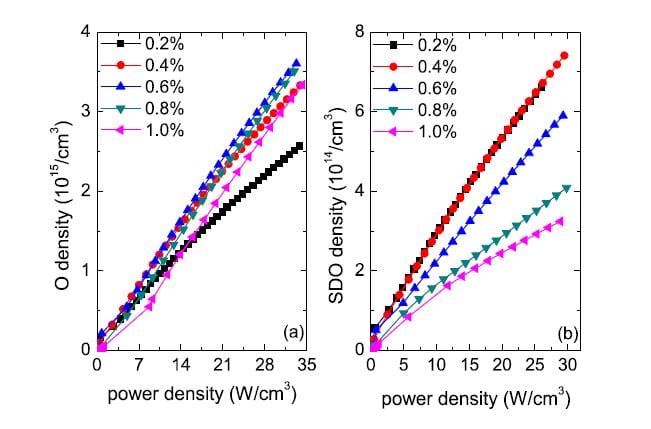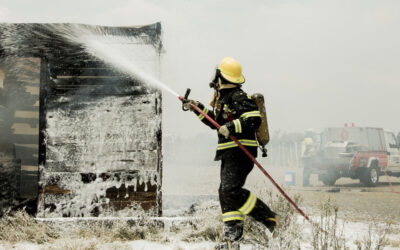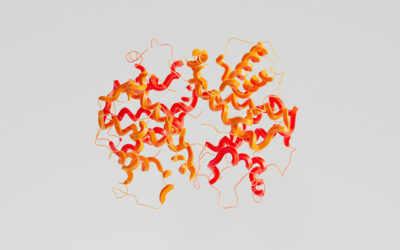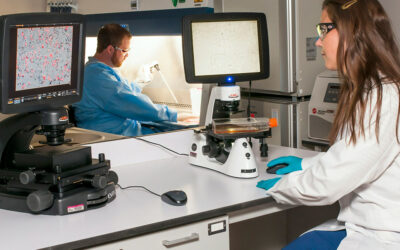In plasma medicine the reactive oxygen species (ROS) generated in radio-frequency discharges at atmospheric pressure play an important role, which is attracting increasing attention due to the potential applications this phenomenon may open up. However, the interaction mechanism between the atmospheric plasma and living tissues is still a problem, which is an obstacle to the further development of plasma medicine. An essential step to solve this problem is to fully understand the production and destruction of ROS, especially for atomic oxygen and single delta oxygen (SDO).
Because of the difficulty of experimental measurement, Dr. Yauntao Zhang of Shandong University has developed a computational simulation showing more detailed description of the production and destruction of ROS.
In his paper, he explores a one-dimensional fluid model, incorporating 17 species and 65 key reactions, to investigate the generation mechanism of ROS in atmospheric He/O2 discharges. The influence of a small oxygen admixture on the discharge characteristics was also examined. From the computational data the atomic oxygen density and SDO density are not monotonic dependent on the oxygen admixture level. An optimal oxygen admixture for atomic oxygen density and SDO can be observed at 0.6% and 0.3% respectively, at which the largest atomic oxygen density and SDO density can be achieved under a constant power condition. The dominant production and destruction reactions of ROS are also discussed based on the simulation results.


















